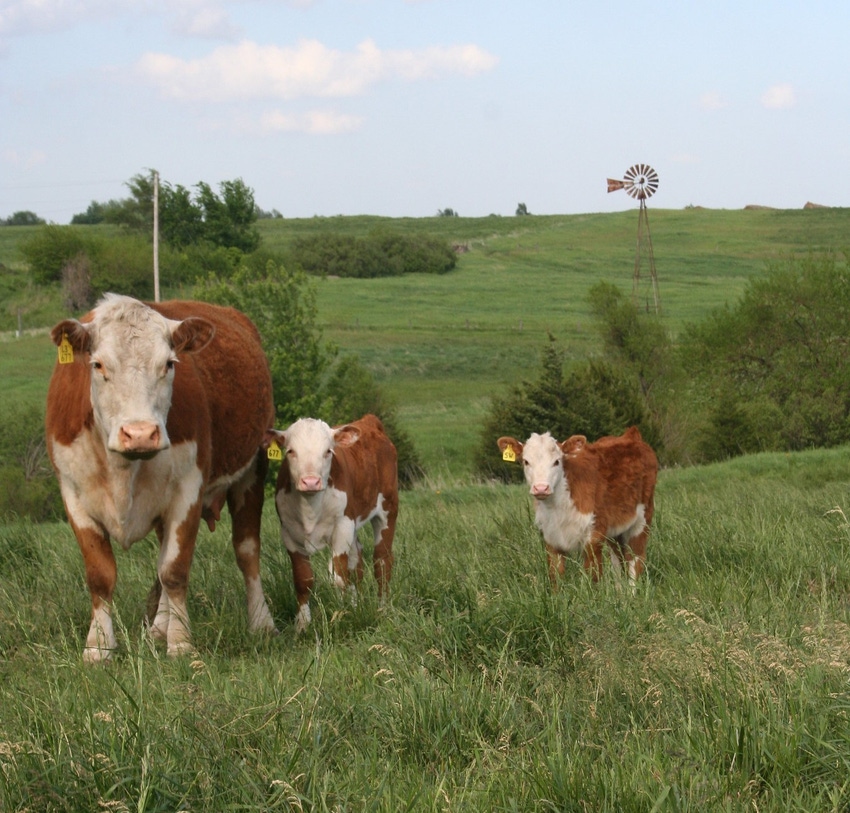Bagley Risk Management Solutions: Your Shield Against Uncertainty
Bagley Risk Management Solutions: Your Shield Against Uncertainty
Blog Article
Comprehending Livestock Threat Defense (LRP) Insurance Policy: A Comprehensive Guide
Browsing the world of livestock risk protection (LRP) insurance can be a complicated venture for several in the farming industry. From exactly how LRP insurance policy operates to the numerous insurance coverage alternatives available, there is much to uncover in this extensive guide that could potentially form the way animals manufacturers approach threat monitoring in their organizations.

How LRP Insurance Policy Functions
Sometimes, comprehending the auto mechanics of Livestock Threat Security (LRP) insurance can be intricate, however breaking down just how it works can provide quality for farmers and herdsmans. LRP insurance policy is a danger monitoring tool designed to shield livestock manufacturers versus unexpected price declines. The policy enables producers to set a coverage degree based upon their certain needs, picking the number of head, weight variety, and coverage cost. As soon as the policy remains in place, if market costs drop below the insurance coverage price, producers can submit a claim for the difference. It is very important to note that LRP insurance coverage is not a revenue assurance; rather, it concentrates entirely on cost threat protection. The protection duration usually varies from 13 to 52 weeks, providing versatility for manufacturers to pick a duration that lines up with their manufacturing cycle. By utilizing LRP insurance coverage, breeders and farmers can mitigate the monetary threats related to changing market value, ensuring greater security in their procedures.
Eligibility and Protection Options

When it involves insurance coverage options, LRP insurance coverage supplies producers the versatility to select the insurance coverage degree, coverage period, and endorsements that finest match their threat management needs. Protection degrees typically range from 70% to 100% of the expected finishing worth of the insured animals. Manufacturers can also select protection periods that straighten with their production cycle, whether they are guaranteeing feeder cattle, fed livestock, swine, or lamb. Endorsements such as price danger security can better personalize insurance coverage to safeguard against negative market variations. By comprehending the qualification standards and coverage choices readily available, animals manufacturers can make enlightened choices to manage danger successfully.
Pros and Disadvantages of LRP Insurance
When evaluating Livestock Risk Defense (LRP) insurance coverage, it is important for livestock manufacturers to weigh the disadvantages and advantages integral in this threat administration tool.

One of the primary benefits of LRP insurance is its capability to supply security against a decline in animals costs. This can aid protect producers from economic losses arising from market fluctuations. In addition, LRP insurance policy uses a degree of adaptability, permitting producers to personalize insurance coverage degrees and policy durations to match their particular needs. By locking in an assured price for their animals, producers can better take care of risk and strategy for the future.
One limitation of LRP insurance policy is that it does not safeguard against all kinds of dangers, such my website as disease break outs or all-natural calamities. It is critical for manufacturers to thoroughly evaluate their private threat exposure and financial circumstance to determine if LRP insurance policy is the right danger administration device for their operation.
Recognizing LRP Insurance Premiums

Tips for Making The Most Of LRP Benefits
Making best use of the benefits of Livestock Threat Defense (LRP) insurance needs critical planning and proactive danger administration - Bagley Risk Management. To make the many of your LRP coverage, consider the complying with ideas:
Regularly Evaluate Market Conditions: Remain educated concerning market fads and price fluctuations in the livestock industry. By keeping track of these aspects, you can make educated choices regarding when to acquire LRP insurance coverage to shield versus potential losses.
Set Realistic Coverage Levels: When selecting coverage levels, consider your manufacturing prices, market price of livestock, and potential risks - Bagley Risk Management. Setting practical insurance coverage degrees makes certain that you are effectively shielded without paying too much for unnecessary insurance coverage
Diversify Your Coverage: As opposed to counting exclusively on LRP insurance coverage, think about diversifying your threat administration methods. Combining LRP with other threat administration tools such as futures contracts or alternatives can give detailed protection versus market unpredictabilities.
Evaluation and Adjust Insurance Coverage Routinely: As market conditions change, occasionally evaluate your LRP insurance coverage to guarantee it aligns with your existing danger direct exposure. Changing coverage levels and timing of acquisitions can assist maximize your danger protection method. By following these pointers, you can make the most of the advantages of LRP insurance coverage and safeguard your animals procedure against unpredicted dangers.
Verdict
To conclude, animals risk defense (LRP) insurance coverage is a valuable tool for farmers to take care of the financial dangers connected with their livestock procedures. By understanding exactly how LRP functions, eligibility and protection alternatives, in addition to the pros and cons Our site of this insurance coverage, farmers Homepage can make informed choices to safeguard their resources. By thoroughly taking into consideration LRP premiums and executing approaches to take full advantage of advantages, farmers can mitigate potential losses and guarantee the sustainability of their procedures.
Animals manufacturers interested in obtaining Livestock Risk Security (LRP) insurance policy can discover a range of eligibility criteria and protection choices customized to their details animals procedures.When it comes to coverage options, LRP insurance offers producers the versatility to select the protection level, protection period, and endorsements that finest fit their risk administration requirements.To comprehend the ins and outs of Animals Danger Protection (LRP) insurance fully, understanding the factors affecting LRP insurance policy costs is crucial. LRP insurance policy costs are established by various elements, consisting of the insurance coverage degree selected, the anticipated price of livestock at the end of the insurance coverage duration, the kind of animals being guaranteed, and the size of the coverage period.Evaluation and Adjust Insurance Coverage Routinely: As market problems alter, regularly review your LRP insurance coverage to guarantee it aligns with your existing danger exposure.
Report this page